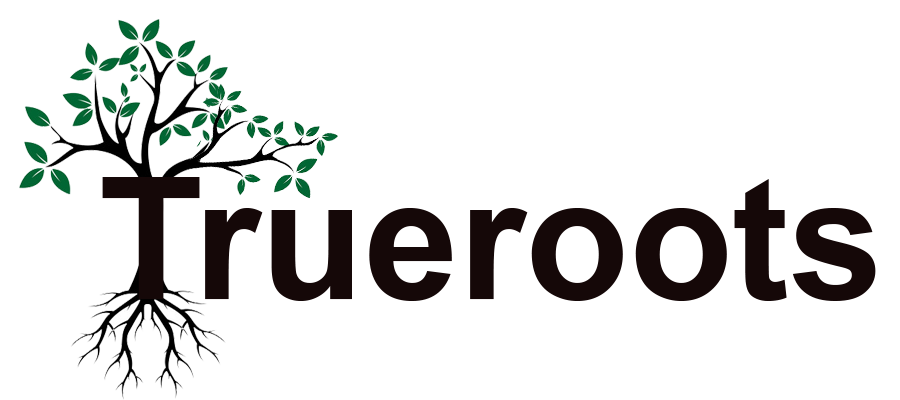Emergency Tree Removal – When to Call a Professional

If you’ve recently discovered a dying tree in your yard, you’ll likely be wondering what to do and how to find emergency tree removal. Regardless of whether you’re facing a fire, a falling tree, or a rotting stump, preparing for an emergency tree removal is crucial. Not only can a dead tree lower the value of your property, it can also cause injury to you or your family.
Situations that require emergency tree removal
A tree can provide many benefits for your property, including shade, privacy, and aesthetic appeal. However, sometimes trees can also become dangerous and should be removed immediately. In addition to threatening the safety of property owners, dying and dead trees can also pose a threat to people and cars. Here are some situations that require emergency tree removal. Listed below are some reasons that you should contact a professional tree service for emergency tree removal.
Safety issues: Tree emergencies can occur for a variety of reasons. While the majority are due to a lack of safety, there are situations when they may have a different cause. These situations often arise because of a deadline for a home sale or rental. For instance, a tree can become weak and dangerous if a limb falls on a power line. While electricity is still carried by downed power lines, a fallen tree can compromise the structural integrity of a home.
If a tree is dead or dying, it may have fallen on a house, car, or other structure. It’s best to contact a professional tree removal service to assess the situation and help you decide on the best course of action. It’s crucial that you do not make the situation worse by attempting to handle it yourself. Luckily, Coastal Tree Care can help! These ISA-certified arborists are available for emergency tree removal.
Preparation is key to avoiding an emergency
Trees on your property can cause significant damage, so it is important to have routine tree maintenance performed on them. Regular pruning and inspections should be done on trees near homes. Also, be sure to check trees for signs of trouble, like overhanging roofs. When you do landscape work, it can compact the soil under the tree. In some cases, a tree may be too big to remove by yourself.
Tree emergencies are common, but preparing for them is vital. The most common emergency is storm damage. Even healthy trees can be prone to storm damage. Soggy ground can pull up roots and cause the tree to tip. Powerful wind can also split and crack branches, which can become tremendous hazards for people. Before you call a professional tree service, make sure to assess your trees’ condition after a storm.
Cost of emergency tree removal
The most common reason for emergency tree removal is when a large tree has collapsed on your home or property, causing extensive damage and possibly even a hazard. Even though all living things will eventually die, tree damage can be especially dangerous. Trees can succumb to disease, pests, or even simply old age, causing them to lose strength and fall on people or property. Regardless of the reason for emergency tree removal, it’s crucial to call a professional as soon as possible to prevent further damage.
The cost of emergency tree removal varies greatly depending on the type of service needed and the time of year. The best way to determine the cost of emergency tree removal is to speak to a local tree service. There are a variety of factors to consider when estimating your cost, including the type of work you need performed, whether it’s a residential or commercial property, and the size of the tree. The best way to determine the cost is to speak to local tree experts and compare estimates from several contractors.
Large trees can be difficult to remove and are usually very expensive. For example, removing a large red oak tree can cost up to $1,300. Depending on the conditions, this type of tree may require more careful removal, which may increase the cost. But, if you have an emergency tree that’s under 30 feet, the cost can be as low as $400. This type of tree may only need to be removed for a few hours or a single day.


